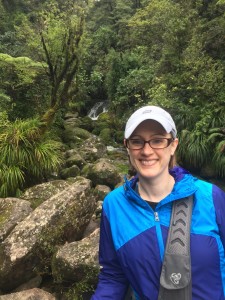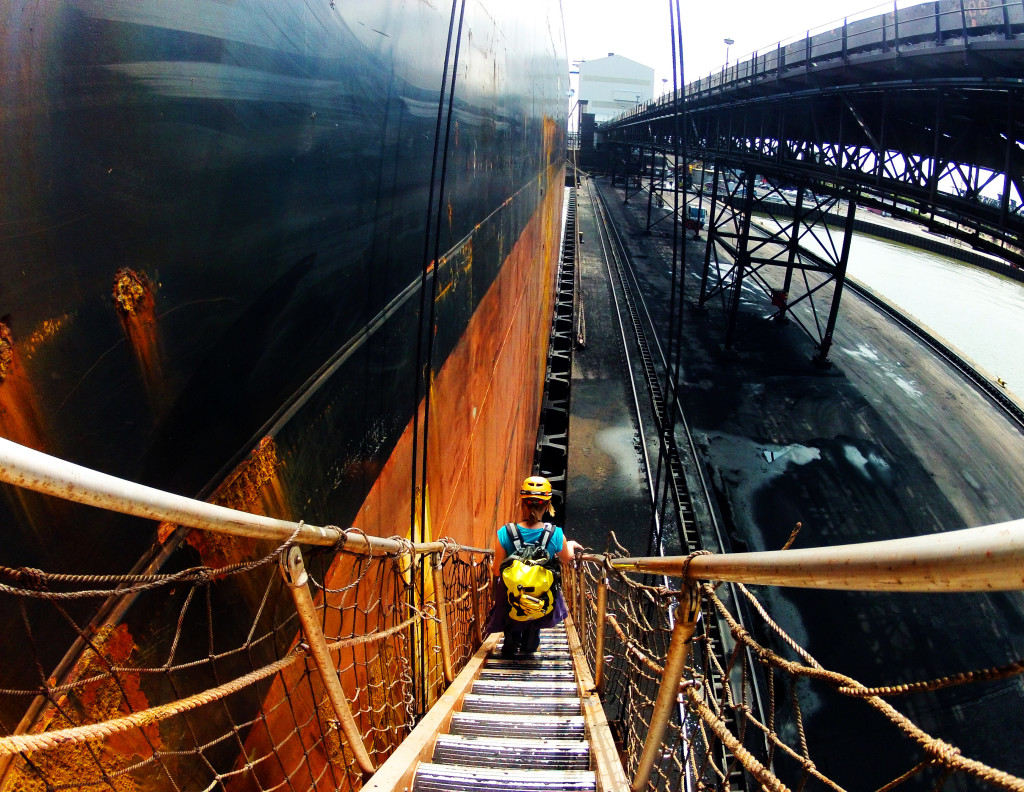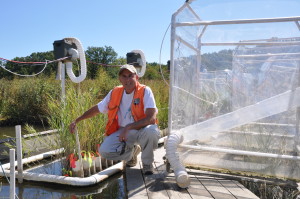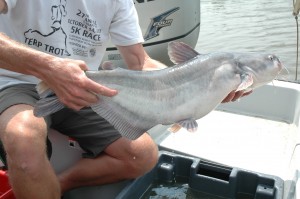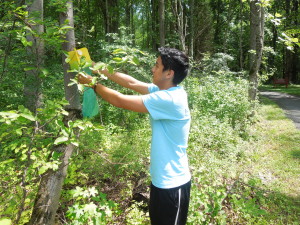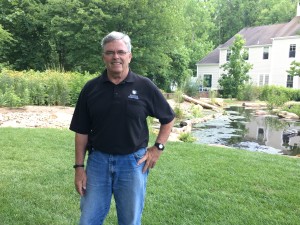by Joe Dawson, science writing intern

Ian Davidson in Cork, Ireland (Credit: Ian Davidson)
Ian Davidson is continuing his work at SERC in a new role: as principal investigator of his own lab. From diving under massive cargo ships to studying an invasive organism ugly enough to be nicknamed ‘rock vomit,’ Ian Davidson looks at how human activities affect marine ecosystems. This includes the methods by which humans transfer marine life around the world (mainly shipping), the effects of coastal development on nearshore environments, and management and policy with regard to marine invasions and organisms.
This is the third of three profiles about the young scientists leading SERC’s newest labs. Edited for clarity and space.
How did you get interested in your area of study?
I grew up in Cobh (pronounced, “Cove”), a small harbor town on the south coast of Ireland, so I had plenty of time in rock pools when I was young. My mother grew up a stone’s throw from the shoreline, right in front of the main shipping channel there, so we were always keeping an eye on the to-and-fro of the port. My dad worked in a shipyard until it closed down too, so I suppose the ingredients were there to pursue a career that heavily featured marine biology and shipping! Click to continue »


